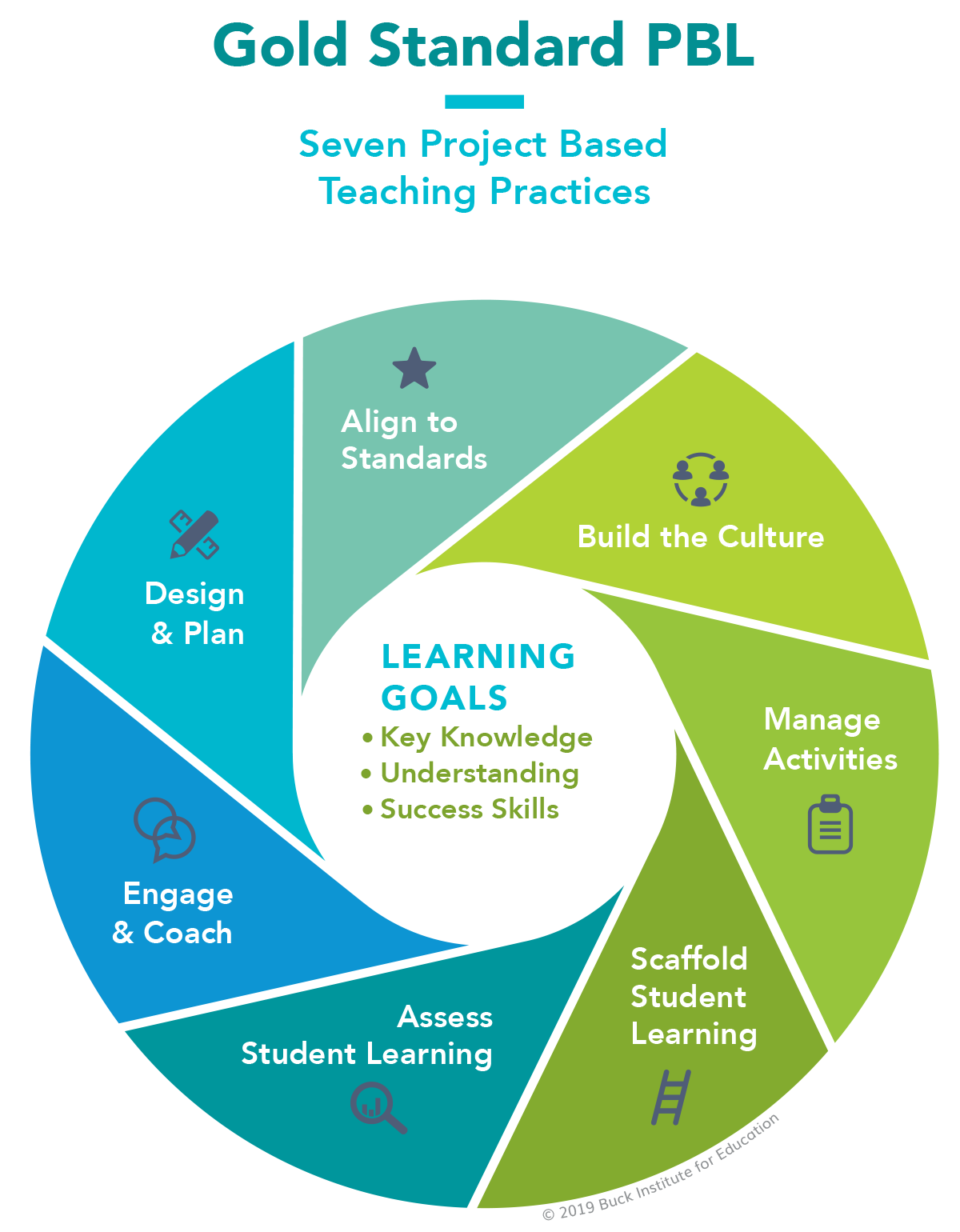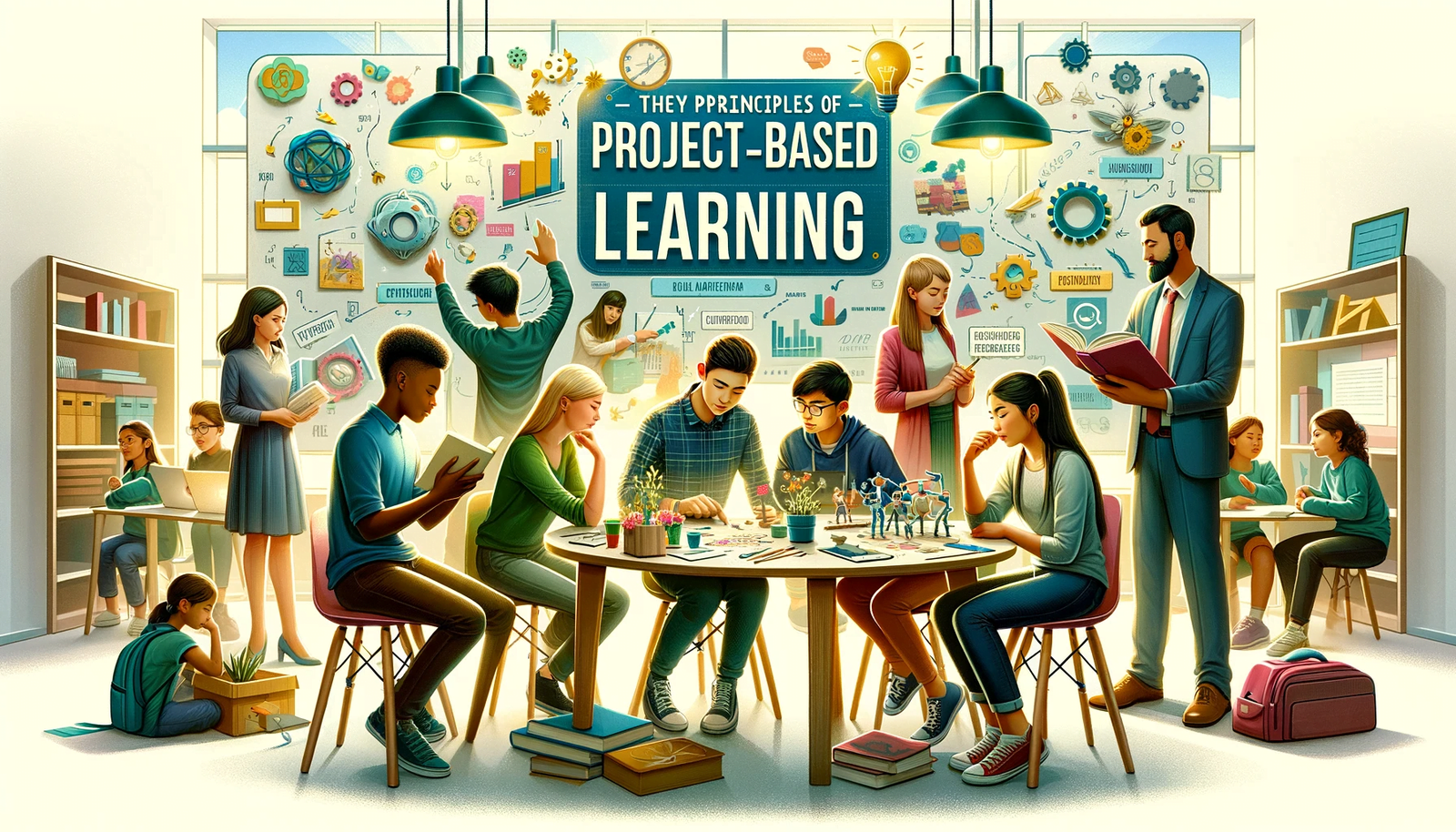Hey there! So, you’re looking to dive deep into project-based learning (PBL) for online schools, aiming for those meaty, image-free articles that Google seems to love. Got it! Let’s brainstorm some cool PBL ideas that would work really well in a virtual setting. Here’s a draft you can build on:
Project-Based Learning Ideas for Online School
Online school offers a fantastic playground for creativity and personalized learning, and project-based learning (PBL) fits right in! Instead of just memorizing facts, PBL gets students actively involved in solving problems and creating cool stuff. And guess what? It totally works online! Let’s dive into some project ideas that can get those gears turning in a virtual classroom.
Design Your Dream Online School

Imagine tasking students with designing their ideal online school. This isn’t just about picking colors for the website! They could explore different learning platforms, curriculum structures, ways to build community online, and even how to incorporate fun extracurricular activities virtually.
Research Different Learning Management Systems (LMS): Students could compare features, costs, and user-friendliness of platforms like Moodle, Canvas, or Google Classroom.
This project hits so many areas – technology, organization, communication, and even a bit of psychology in understanding what makes a good learning environment.
Create a Podcast Series on a Topic of Interest

Podcasts are super popular, and creating one is a fantastic way for students to research a topic they’re passionate about and share their findings.
Topic Selection and Research: Students choose a subject they want to explore in depth.
This project builds research skills, writing for an audio format, technical skills, and public speaking (even if it’s just their voice!).
Develop a Sustainable Living Guide for Your Home

With a focus on environmental awareness, students can investigate ways to make their own homes more sustainable.
Energy Audit: Analyzing their household energy consumption and suggesting ways to reduce it.
This project blends science, math (for calculations), and real-world application, empowering students to make a tangible difference.
Design a Mobile App to Solve a Community Problem
Challenge students to identify a problem in their local or online community and design a mobile app as a potential solution.
Problem Identification and Research: Understanding the root causes and impact of the chosen issue.
This project fosters problem-solving, creativity, technological literacy, and entrepreneurial thinking.
Curate a Virtual Museum Exhibit
Students can choose a historical period, a scientific concept, an art movement, or any other topic that excites them and create a virtual museum exhibit.
Topic Research and Selection of Artifacts/Information: Gathering in-depth knowledge and choosing key elements to showcase.
This project encourages research, writing, organization, and creative presentation skills.
Create a Documentary Film on a Local Issue
Students can explore a local issue that resonates with them and create a short documentary film to raise awareness.
Issue Selection and Research: Understanding the complexities and different perspectives surrounding the issue.
This project builds research, storytelling, technical, and communication skills, empowering students to become active participants in their communities.
Design a Board Game Focused on a Specific Subject
Turning learning into a game can be incredibly engaging! Students can design a board game that reinforces concepts from a particular subject.
Subject Selection and Core Concept Identification: Choosing a topic and the key learning objectives for the game.
This project blends creativity, critical thinking, problem-solving, and the ability to explain complex ideas simply.
Develop a Social Media Campaign for a Cause
Students can choose a cause they care about and create a comprehensive social media campaign to raise awareness and encourage action.
Cause Research and Goal Setting: Understanding the issue and defining what they want to achieve with their campaign.
This project develops digital literacy, persuasive communication skills, strategic thinking, and an understanding of social impact.
Conclusion
Project-based learning in an online environment isn’t just possible – it’s brimming with potential! By engaging students in meaningful, hands-on projects, we can foster deeper learning, critical thinking, and a love for exploration. These ideas are just a starting point, and the beauty of PBL lies in its adaptability to student interests and curriculum goals. So, let’s empower our online learners to become creators, problem-solvers, and active participants in their own education through the power of projects!
Frequently Asked Questions
How can you assess student learning in online PBL without traditional tests?
We can use a variety of methods! Think about rubrics that focus on the process and the final product, student self-reflections, peer reviews, presentations of their projects, and even portfolios showcasing their work over time. The emphasis shifts from just the “right answer” to demonstrating understanding and skills development.
What if students lack the necessary technology or resources for a specific online PBL project?
It’s crucial to design projects with accessibility in mind. Offer a range of project options, provide resources and tutorials for free or low-cost tools, and encourage collaboration where students can pool resources. Communication with families about potential limitations is also key to finding workable solutions.
How do you keep online PBL projects organized and on track?
Clear timelines, regular check-ins, and the use of online project management tools can be a lifesaver. Breaking down larger projects into smaller, manageable tasks with deadlines helps students stay organized. Providing feedback at different stages of the project also keeps them on the right path.
How can you encourage collaboration and teamwork in online PBL?
Utilize online collaboration platforms where students can work together on shared documents, presentations, or designs. Assign specific roles within a group project to ensure everyone contributes. Facilitate online discussions and provide opportunities for virtual team meetings.
How do you ensure that online PBL aligns with curriculum standards?
Careful planning is essential. Before launching a PBL project, map out the specific learning objectives and curriculum standards it addresses. Design the project activities and assessment criteria to directly reflect these standards, ensuring that students are not only engaged but also meeting academic requirements.
project-based learning ideas for online school
